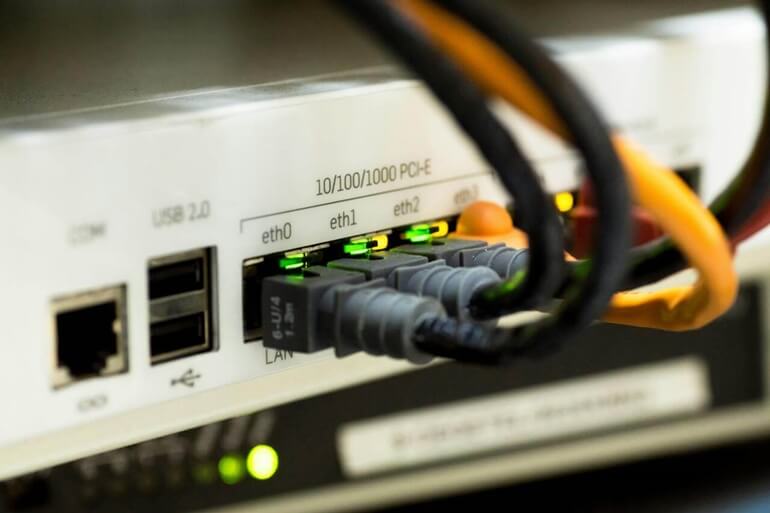How to Find the Best Broadband Internet in Your Area?
November 27, 2023

In the digital age, a robust broadband internet connection is essential for everything from remote work to streaming entertainment. However, with so many options available, finding the best broadband service in your area can be overwhelming. This guide aims to simplify this process, helping you make an informed decision based on your specific needs.
Understanding Broadband Types
Broadband internet comes in various forms, each with its unique characteristics. The most common types include:
- DSL (Digital Subscriber Line): This type uses existing telephone lines to provide internet access. While DSL is widely available, it usually offers slower speeds compared to other types.
- Cable Internet: Delivered through the same lines as cable TV, this type of broadband offers better speeds than DSL and is widely accessible in urban and suburban areas.
- Fiber Optic: Known for its high-speed capabilities, fiber optic internet is the fastest option available. However, its availability is limited in certain areas, particularly in rural regions.
- Satellite: This is an ideal choice for rural areas where other forms of broadband are not available. While it covers wide areas, its speeds and reliability can be affected by weather conditions.
Key Factors to Consider
When searching for the best broadband internet, several factors come into play:
- Speed Requirements: Consider your internet activities. Do you often stream videos, play online games, or work from home? These activities demand higher speeds.
- Data Caps: Some internet plans have data limitations, which can be a hindrance if you consume a lot of data monthly. Look for plans with higher or no data caps.
- Contract and Pricing: Always balance the cost with the quality of service. Keep an eye out for hidden fees and read the contract carefully.
- Availability: Your location plays a significant role in the types of broadband available to you. Always check what services are accessible in your area.
Steps to Find the Best Broadband
1. Research Providers in Your Area
Start by checking which services are available in your region. This can be done through ISP websites or using online tools designed to show available internet services based on your location. Customer reviews and ratings are invaluable in assessing the reliability and quality of service.
2. Compare Plans and Pricing
After identifying available providers, compare their plans in terms of speed, data limits, and cost. Special offers for new customers, such as discounts or bundled services, can provide additional value.
3. Assess Additional Features
Some providers offer bundled services like TV or phone, which might be advantageous. Also, consider the quality of customer support, as this will be crucial for resolving any issues with your service.
Making the Final Decision
In making your final decision, weigh your personal or family’s internet usage patterns against the cost and benefits of each plan. Be mindful of the contract’s duration and terms to avoid any surprises.
Finding the right broadband internet service involves balancing various factors including speed, cost, availability, and additional features. By methodically researching and comparing your options, you can select a service that not only meets your internet needs but also offers the best value for your money.

